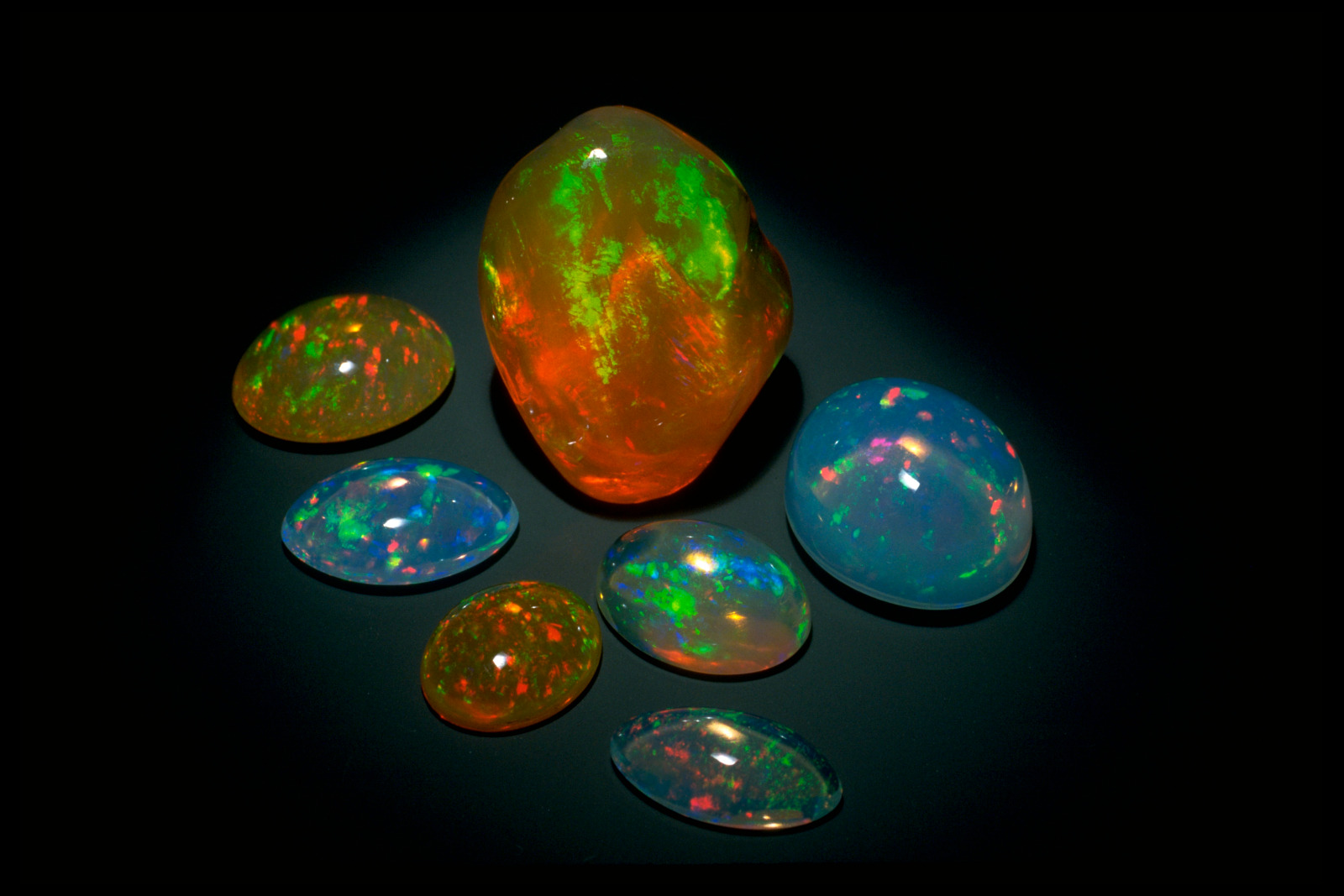This activity guides students through exploring biological minerals, also called biominerals. Biominerals are formed by living organisms by a process called “biomineralization.” Humans create minerals: We build our bones with a mineral called apatite. Mollusks create minerals, too: their shells! Corals create mineral skeletons, which are built up over time to create the marine architecture we call a coral reef. Corals are composed of small polyps, which build up their hard skeletons out of a mineral called aragonite, which is also called calcium carbonate. Even some species of algae create a mineral called barite, which is present in their tissue. Bones, shells, and teeth are common examples of biominerals. This collection contains two types of minerals: 1) naturally occurring minerals, minerals created by the Earth’s natural processes and 2) biominerals, minerals created by living organisms (Source).
Students can bring in their own rocks and record what they observe. The website also provides a webinar talking about biominerals.
Organization: Smithsonian Institution
The Smithsonian Institution is based in Washington, DC, United States, and is the largest group of museums and education and research centers in the world. It was founded in 1846 for the increase and diffusion of knowledge (Source).
